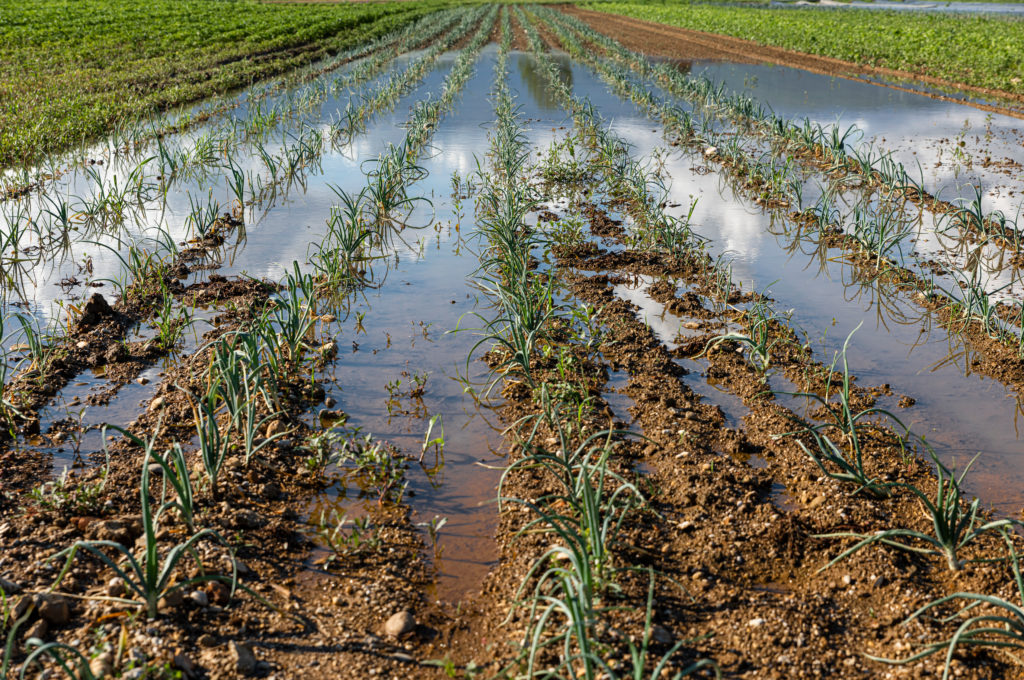NEIWPCC’s 2021 State Revolving Fund (SRF) virtual series launched with three sessions this spring. The events provided opportunities for learning and discussion on current practices for utilizing SRF for nonpoint source pollution projects.
With better audience interaction in mind, the events included a new “engagement session” to mimic “water-cooler” conversation according to NEIWPCC Environmental Analyst James Plummer who manages the program.
[One year of virtual meetings and] “we are all experiencing a bit of webinar fatigue,” said Plummer. “Hosting breakout sessions for participants to dig into topics on a deeper level allow for more participation and audience engagement than traditional webinars. NEIWPCC is known for engaging stakeholders during in-person meetings, and breaking down the virtual barriers through smaller group discussions can add value to the overall experience.”

Participants agreed. Those responding to a follow-up survey felt that the breakout sessions were “useful,” “enjoyable,” and “always great when you can learn from your peers.”
The three webinars, held on March 22, 29, and April 28, centered on using SRF for nonpoint source pollution (NPS) projects.
Intersections of State Revolving Fund and Nonpoint Source Pollution Projects
Partnering for success was the underlying theme for the first in the series event, which took place on March 22. Washington Department of Ecology’s Nonpoint Fund Coordinator Eliza Keeley-Arnold presented the state’s approach to prioritizing projects using both state revolving funds and Section 319 Nonpoint Source Management Programs funding through a Combined Funding Program.
Celia Riechel, Vermont Department of Environmental Conservation’s state revolving fund project developer shared the various ways SRF is being utilized to address nonpoint source pollution in her state.
These talks were followed by small-group breakout sessions to allow for peer-to-peer conversation and question and answer.
Clean Water State Revolving Fund for Soil Health and Nonpoint Source Pollution
Later in the month, NEIWPCC hosted NPS and SRF professionals to discuss the use of SRF funds for soil health.
U.S Environmental Protection Agency’s (EPA) Nonpoint Source Program Strategist Don Waye provided a national overview of both obstacles and opportunities for using SRF for nonpoint source reduction activities such as addressing nutrients from agriculture.
Waye was joined by Dwight Wilcox (formerly of the Minnesota AgBMP Loan Program ) and Amanda Reed (Kansas Department of Health and Environment), whose presentations covered best management practices in utilizing SRF funds for nonpoint source projects.

Using State Revolving Funds for Land Acquisition
On April 28, NEIWPCC hosted the final spring engagement session featuring two separate collaborative efforts to acquire land for the protection of water resources, again with examples representing both east and west coast communities.
Paul Hunt, of the Portland (Maine) Water District, and Spencer Meyer, representing the Highstead Foundation, discussed how their partnership utilized Drinking Water State Revolving Funds (DWSRF), along with other source water protection funding, to protect the City of Portland’s water supply (Sebago Lake watershed).
The second presentation featured the partnership between Western Rivers Conservancy with the Yurok Tribe in California to use Clean Water State Revolving Funds (CWSRF) in combination with other funds to protect thousands of acres, establishing a sustainable community forest and habitat sanctuary in the Blue Creek watershed.
The session was co-moderated by Jeff Lerner, Healthy Watersheds Consortium Grant Program, and included a presentation by Alison Souders of U.S. EPA on Below-Market Financing for Land Conservation.
About 120 water professionals representing state NPS and SRF programs and EPA representatives participated in one, two, or all three engagement sessions.
Why Are State Revolving Funds Important to Preserving and Advancing Clean Water?
Federal funds through revolving loan programs supporting point and nonpoint source pollution projects, and national estuary programs, have been available through the Clean Water State Revolving Fund program since 1987. Opportunities for funding were further expanded to include more creative projects with the adoption of the 2014 Water Resources Reform and Development Act.
According to the EPA, $145 billion has been provided via the 51 CWSRF programs since 1988; $7.48 billion provided by the 51 CWSRF programs during the last federal fiscal year, and 42,800 assistance agreements, or projects since 1988.
Lower interest rates [&mdash] compared to market lending rates—coupled with self-funding—make the program appealing to many states and municipalities for point source projects.
One of the current challenges, as discussed during these sessions, is to identify and leverage best practices to address nonpoint source pollution projects. Only 3.6 percent of available funds have been awarded NPS-related projects over the lifetime of the program.
Continued Conversations
NEIWPCC staff are currently developing a workplan to continue to provide SRF-related content. Plummer adds, “We’ve had success establishing this NPS-centric series. We’ll continue promoting dialogue at this intersection while pursuing other focus areas for ongoing conversation within the realm of SRF.”
Additional Information
To view the presentations from previous engagement sessions, visit our National State Revolving Fund Workshop page.